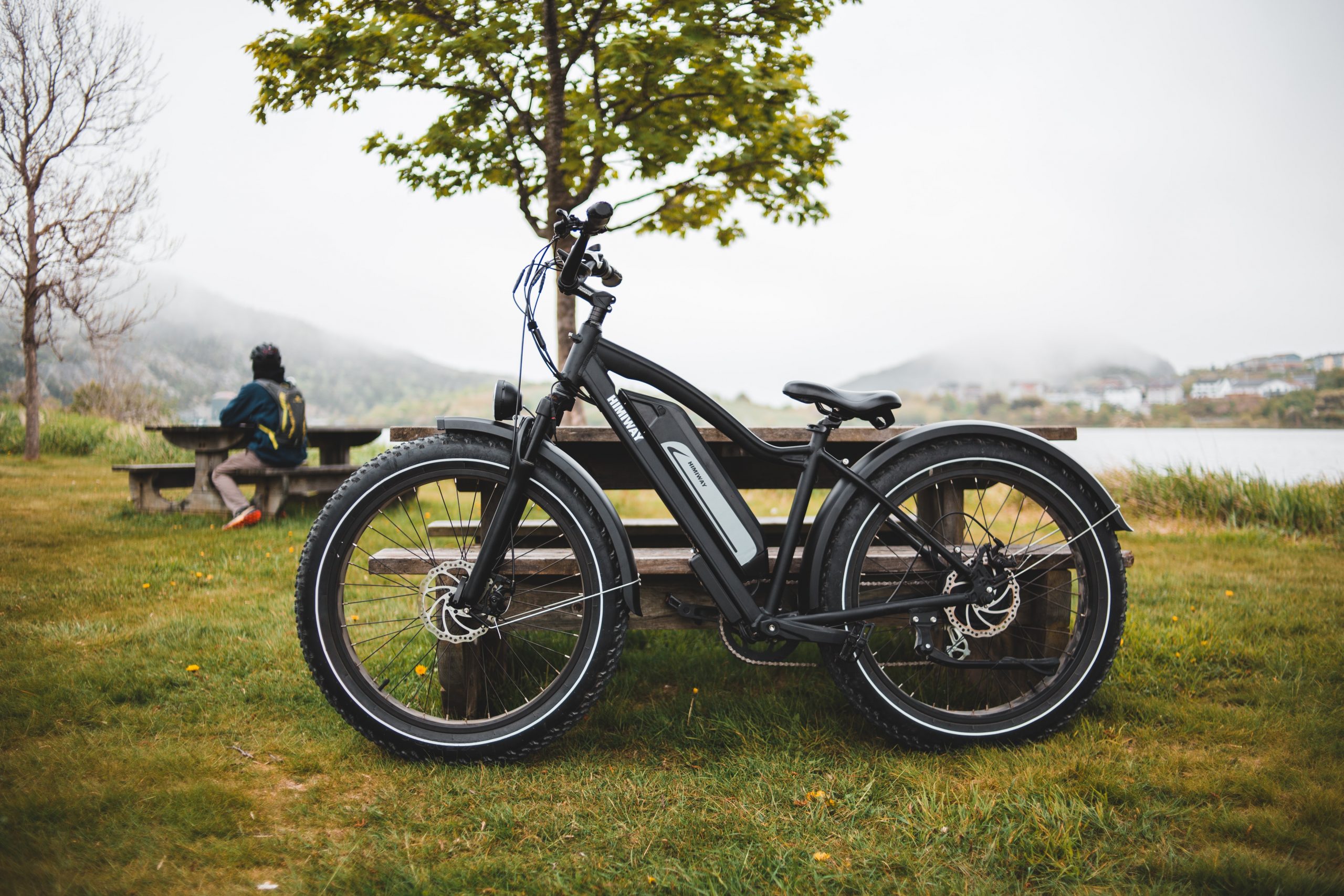Riding a bike in the rain can be challenging even for the most experienced riders. But, there are some tips and tricks that can make it easier and even fun. Want to know what tips we’re talking about. Come along!
How to Ride a Bike in the Rain
Cyclists know that riding on wet roads is problematic and requires specific skills and equipment. If you ride often, you’ll inevitably be caught in a downpour. So, if you want to be an all-weather cyclist, follow these tips for riding comfortably and confidently in the wet weather.
Choose a beater bike to use in the bad weather
The first thing you need to do is get a bike, more specifically, a beater bike. What’s a ‘beater’ bike? You might ask. Well, it’s not much to look at. It has many names but simply defined, it is a cheap, durable old bike that you wouldn’t really care if it gets damaged or even stolen. Riding a beater bike in bad weather rather than your new, fancy one is a better option because the rain and the debris will most likely damage it.
Ride slower than usual
Cycling in lousy weather is unpleasant; above that, it is pretty dangerous, especially if you’re an inexperienced cyclist. Because of this, you should ride slower than you usually would on a dry surface (especially when making a turn) in order to avoid potential hazards caused by road debris, lack of fraction, and reduced visibility. Keep in mind that it takes longer to stop on wet roads; you can stop or turn safer if you ride slower.
Use cycling lights
Lack of visibility makes it hard for you to see and drivers to see you. It is crucial for your safety and others that you use cycling lights, especially in the pouring rain. Cycling lights help you see further in front of you and notice traffic signs, people, vehicles, or animals on the road earlier, so you can react on time. Consider using blinking lights; other drivers on the road will see you easier; thus, you will be safer.
Be careful of the slick spots
When cycling, pay attention to parts of the road that usually get slippery after rain. Try to avoid road bumps, road paint, and road debris since these are slick as ice. Riding or braking on these surfaces is dangerous, so decrease your speed and brake gradually.
Adjust your Braking
Wet roads are slippery (obviously), and if you brake suddenly, you may skid. So, start your braking earlier than you would on dry roads. Brake slowly and progressively to slow down or stop safely. If you brake hard, there is a risk for your brakes to block. If that happens, release them immediately.
Carry with you a spare change of clothes
Even if you’re wearing waterproof clothes, you’re not completely protected when it’s raining cats and dogs. Being wet and cold is not a pleasant feeling. To prevent catching a cold or simply feeling uncomfortable, always carry a spare change of clean, dry clothes so that you can change when you arrive at your destination.
What to Wear When Riding a Bike in the Rain

“There’s no such thing as bad weather, only bad clothes.”
It is really frustrating when it’s pouring, and you’re not wearing the proper clothes for the weather—carefully selected clothes when riding do a great deal in keeping you cozy, snug, and happy. Wearing suitable clothes when cycling in the rain is essential for your comfort. Here are some tips on what to wear on a rainy day.
Cycling glasses
Cycling glasses are helpful for sunny days as well as rainy days. Glasses will protect your eyes from the rain, wind, dust, and bugs. Find a comfortable pair of cycling glasses that fit well and provide excellent clarity even on rainy, foggy days. Good cycling glasses will give you a far more enjoyable ride ensuring perfect vision at any moment.
Cycling rain caps
Cycling rain caps are almost essential for bad weather. They keep the rain and sweat out of your eyes and face. For cool, rainy days, choose waterproof, breathable, and warm rain caps.
Cycling rain pants
Waterproof rain pants assist in commuting long distances when it’s raining, especially when you’re not using mudguards. When choosing a pair, make sure that you feel comfortable cycling in them.
Cycling rain jacket
Another essential item of clothing to wear when it’s pouring is a cycling rain jacket. Choose one that is breathable, warm, windproof, and keeps the moisture out. It helps if it has reflective detailing so that you are more visible in the dark.
Waterproof cycling footwear
You can’t be comfortable if your feet are wet and cold. Wear waterproof shoes or overshoes to keep your feet warm and dry on cold, rainy days. They are usually made of neoprene and waterproof material for rain protection. Cycling-specific shoes are designed to fit right in with your clipless pedals and can easily be clipped in and out, making them very practical when you need to stop and start when riding.
Waterproof backpacks & pannier
Waterproof backpacks or panniers are handy for holding your traveling items like clothes, phone, laptop, etc. They come in different shapes, sizes, and colors and are very convenient to carry.
What to Do After You Come Back from Cycling
Take these three important steps before you call it a day to protect yourself and your beater bike (it won’t take more than 15 minutes):
Take off your clothes
Change into warm, dry clothes as soon as possible to avoid getting sick or getting a skin infection.
Wash your bike
The rain will not wash the bike for you. You should wash it right away from all the debris and mud. Leaving it for later will only make it more difficult for you to clean because the dirt will harden. So, save your time and wash it right away. After doing that, don’t leave it outside in the rain; it will damage your bike.
Dry off the chain
After cleaning the chain, make sure to dry it. Drying the bike (especially the chain) will prevent corrosion, increasing the bike’s lifespan.




